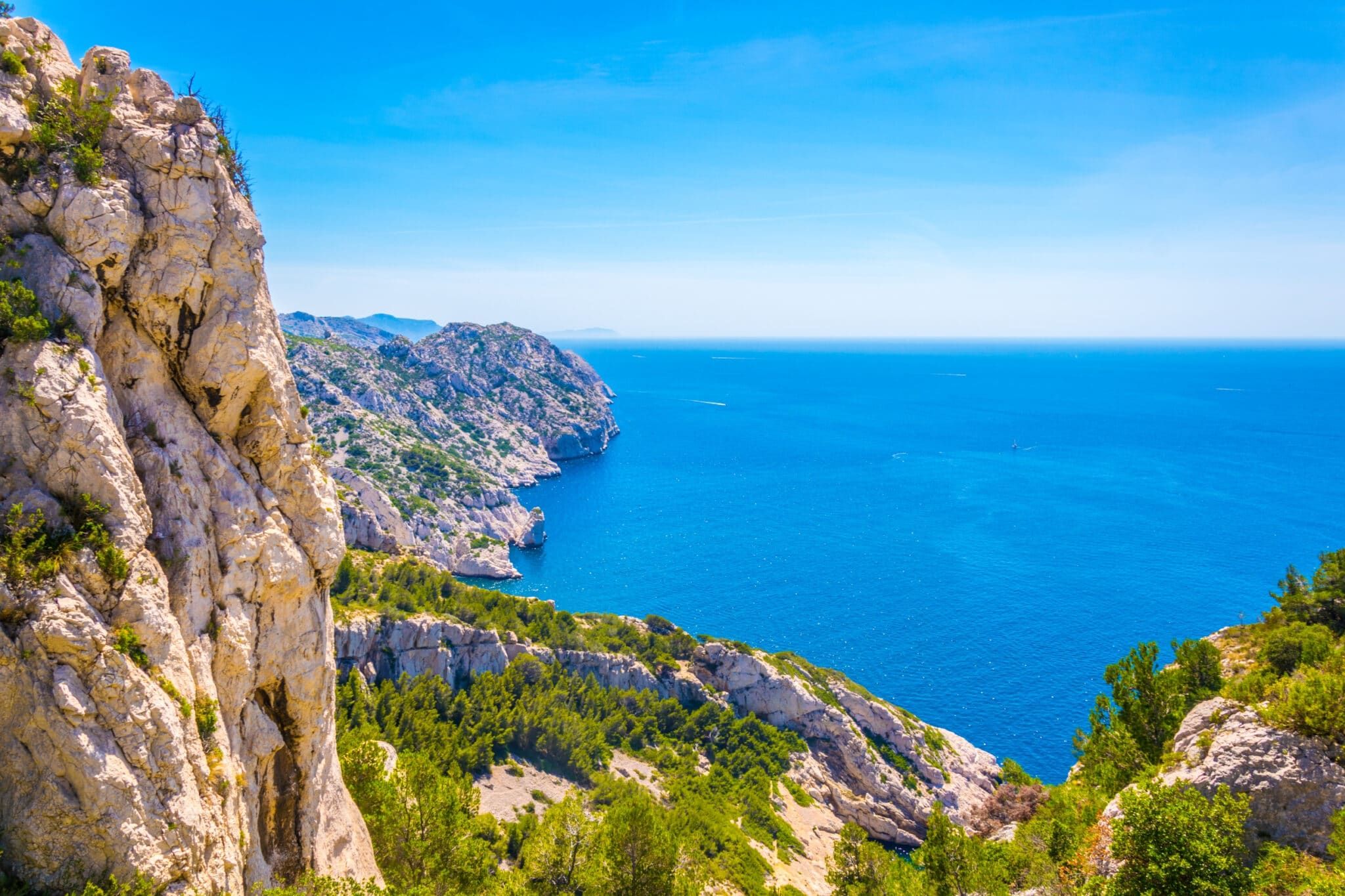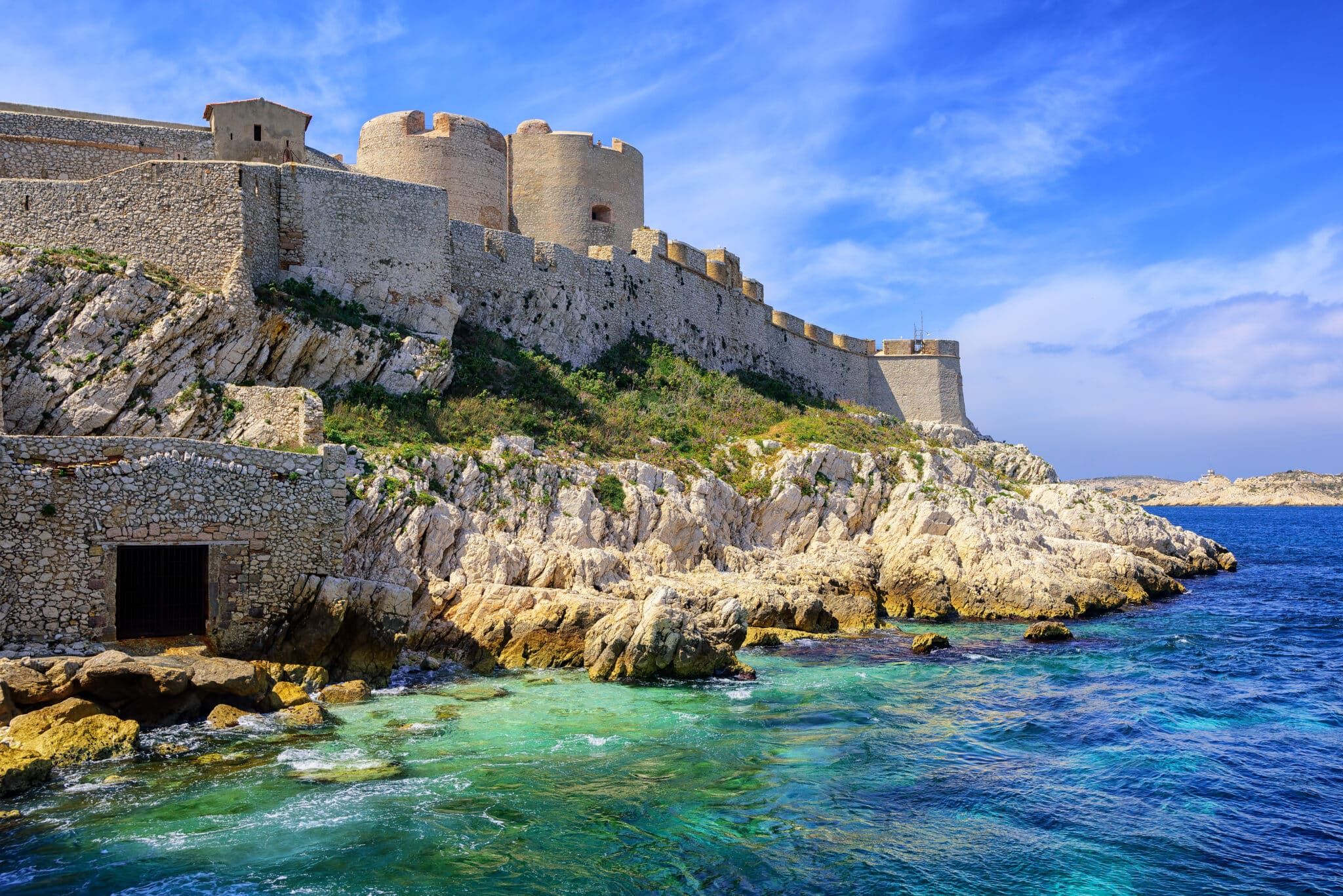5 places not to be missed in Marseille
Cosmopolitan city open to the Mediterranean, Marseille is the second French metropolis and is absolutely worth a visit. Rich in culture built since antiquity, constantly crossed by migratory flows and authentic thanks to its well-preserved neighborhood life, the megalopolis has enough to feed your curiosity. If you are planning a rather short stay, discover our advice to help you in your choice of discoveries so that you go to the heart of the Phocaean City.
Getting to Marseille
We advise you, if you can, not to take your car to get to the old port to come to Marseille. As in all big cities, the traffic is extremely dense and it is difficult to park. You will be much more comfortable on foot, by bicycle or by public transport.
Fast and convenient, the train is the ideal solution to get to Marseille. If you book your ticket in advance, you will get good rates. Don’t forget that the Train Paris Marseille, thanks to the high speed line, linking the capital to the Saint Charles train station in less than 4 hours.
You no longer have any excuse to move, even for a weekend.
Several airlines serve the city. Don’t forget to check regularly for offers on regular flights. Otherwise, you have to anticipate your trip to get the best fares from low-cost companies.
5 places to see in Marseille
It is clear that in a city of this size, you will not be able to see everything. In order to give you a clearer idea of the spirit of Marseille in all its diversity, we have selected 5 places that we consider unavoidable to discover.
The old port
When you arrive at the bottom of the famous avenue de la Canebière, you are in the Old port, which is aptly named, as it dates back to the VIᵉ century BC. Since 2010, a very contemporary installation has taken place there: the Ombrière where you will certainly make funny photographs thanks to the effects of the mirrors. While walking around, you will come across famous hotels and restaurants with a view on the sea.
Always very lively and a privileged place for cultural events in Marseille, you can also easily party there. Seafood lovers are invited to come early in the morning to the fishermen’s market. Fresh fish and southern atmosphere guaranteed.
The Calanques National Park
You’ve certainly seen photographs showing superb creeks in the Calanques. This park is a protected natural area in the outskirts of the city, where you can relax, swim in the middle of beautiful landscapes and go for a nice walk.
Before going there, you should check that the access is not closed because of the risk of fire. It is also essential to be well equipped for walking and hot weather: without water or a hat, it will be difficult to avoid sunstroke.

The Castle of’If
Located off Marseille, the château d’If was made world famous by Alexandre Dumas’ novel, The Count of Monte Cristo. But before being a prison, this huge building was a strategic fortress built under François Iᵉʳ in order to protect the city, ensure the anchorage of galleys and above all, keep the city in the kingdom of France.
The island is served by two shipping companies and the Château d’If offers visits dedicated to families all year round.

The basket district
Cradle of the city, the popular Panier district is the oldest in Marseille. You can stroll for several hours without getting bored. The authenticity of its alleys and the friendliness of the residents that you could see in the series Plus Belle la Vie is not fictional.
Small bistro terraces, street art, designer stores, flowery balconies give you the impression of a pretty village. Plan to wear comfortable shoes, because the stairs are charming, but numerous.

The cathedral of the Major
La Major is the nickname given to the city by the people of Marseilles Saint Mary Major Cathedral. Built in the XIXᵉ century, close to the new port, it announces to the arriving ships the greatness and power of the City. Its architecture is remarkable since it reconciles many influences as much in the forms as in the origin of the materials.
Romanesque Provencal art and oriental domes, Carrara marble and Tunisian onyx unite here to offer visitors a unique treasure of architecture.